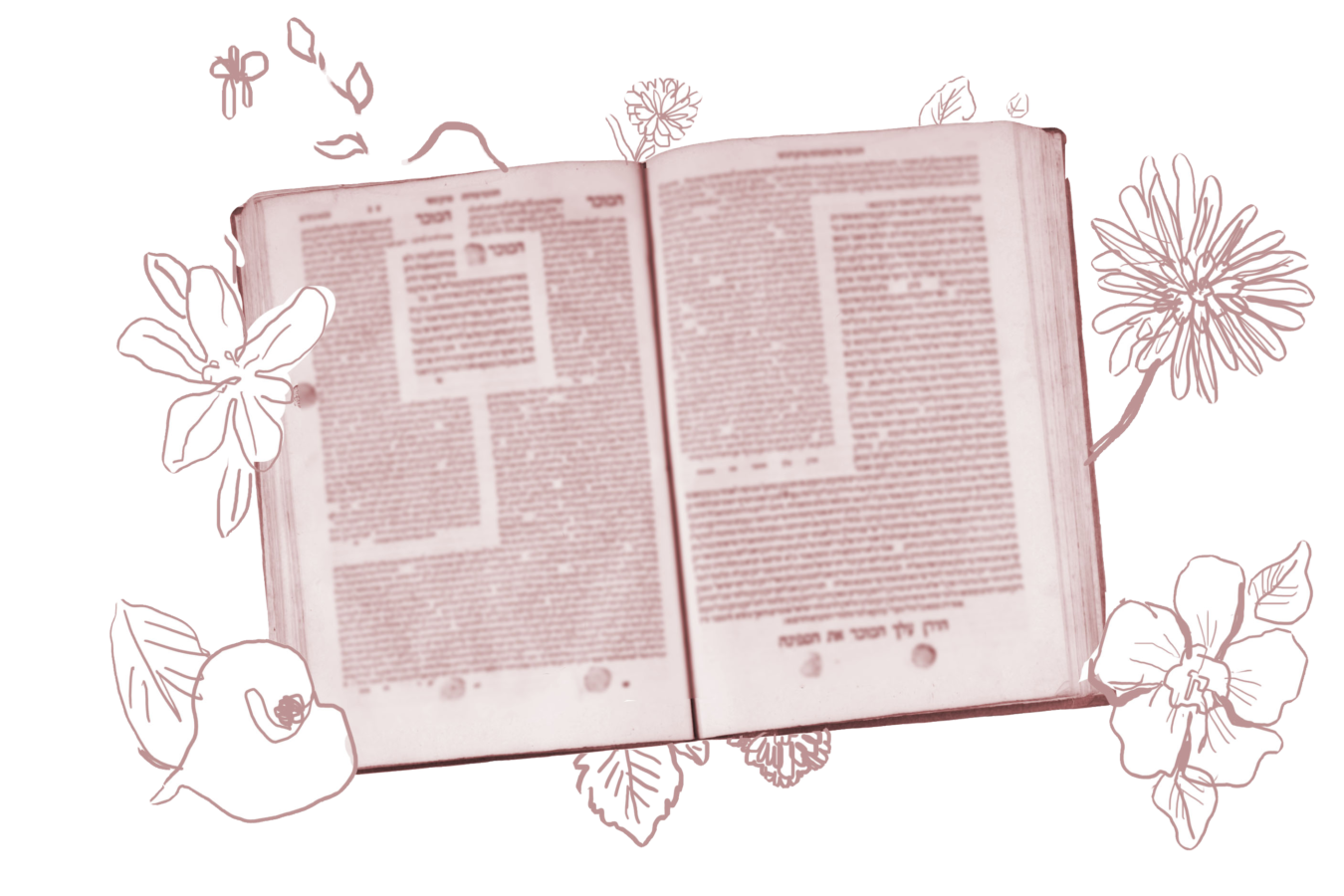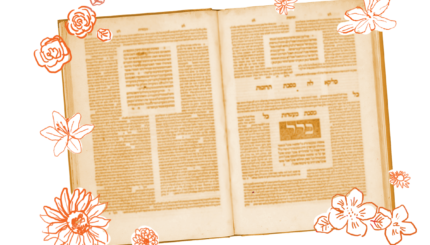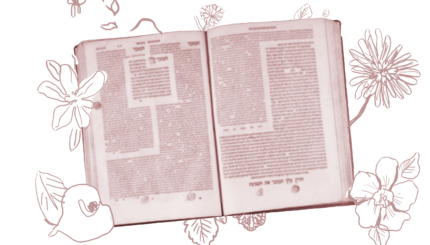I used to volunteer at a social services center where many guests were in a bit of a Catch-22: To access government services like Medicaid, unemployment payments, disability benefits, and photo ID facilities, they had to appear in person at governmental offices. But for security reasons, they couldn’t get into those facilities without a photo ID — the very photo ID that they could only get inside. And while there was an option to mail in the required documents, those guests who were unhoused didn’t have an address for the documents to be returned to (or, frankly, to use for any of the other benefits they were hoping to get). So the staff created an internal “post office” so guests could use the center’s address as their own, thus enabling them to establish where they could be contacted and, ultimately, who they were.
Today’s daf presents a similar dilemma: How can we be sure that a person’s signature on a ketubah is authentic and that the people who signed it are who they say they are? More specifically, if one of the two ketubah signatories has died, how can we confirm that signature’s authenticity and the legitimacy of the document?
The Gemara examines a disagreement about how many witnesses are required to authenticate the deceased’s signature and thus the document. The majority concludes that two additional individuals “from the street” are necessary — i.e. two people other than the surviving signatory — leading the Gemara to ask what to do if two such additional individuals are unavailable:
Abaye said: Let (the surviving witness) write his signature on an earthenware shard and cast it into the court. And the court then ratifies the document by seeing that it is his signature. And then he does not need to testify and authenticate his signature. But he and this other witness go and testify to authenticate the other signature.

Help us keep Jewish knowledge accessible to millions of people around the world.
Your donation to My Jewish Learning fuels endless journeys of Jewish discovery. With your help, My Jewish Learning can continue to provide nonstop opportunities for learning, connection and growth.
This is a clever solution. Because the single surviving witness cannot testify to both their own signature and that of the other witness, two other authenticators should be necessary to establish the veracity of the dead witness’ signature, as Jewish courts typically require two witnesses to establish a fact. However, if the surviving witness signs their name on a piece of earthenware, the shard can serve as evidence of the survivor’s signature. The survivor is then free to testify about their counterpart’s signature, and only one other witness is needed.
But why must the signature be written specifically on earthenware?
And specifically on an earthenware shard, but not on parchment, due to the concern that perhaps an unscrupulous person will find it and write on it whatever he wants. And we learned in a mishnah: If a creditor produced a document about another written in the other person’s handwriting, in which it is written that the other person owes him money, even if there are no witnesses he is obligated to pay, and the claimant may collect payment from unsold property.
The rabbis are concerned that if you have a piece of parchment with your signature floating around, someone might use it for nefarious purposes to your detriment. To demonstrate the validity of this concern, they cite a mishnah teaching that a document signed by a debtor — even in the absence of witnesses — is sufficient to permit a creditor to collect owed money (albeit from a more limited array of sources than a witnessed document). So having a stray, signed parchment out in the world is risky. It’s kind of like why it’s a bad idea to sign a blank check: You never know how someone might fill in the name of the payee or the amount.
But with earthenware, no one will be using that as evidence of a loan or any other type of payment, since the quoted mishnah specifies that a “document” is required to claim money in the absence of witnesses. So you’re safe.
Some of us today might take for granted how easily we can substantiate our own identities. We have a passport, a driver’s license, a permanent resident card, or something else that proves we are who we say we are. But historically, this wasn’t so simple. And even in the present, establishing your identity continues to be a serious challenge for many.
Read all of Ketubot 21 on Sefaria.
This piece originally appeared in a My Jewish Learning Daf Yomi email newsletter sent on July 27th, 2022. If you are interested in receiving the newsletter, sign up here.



